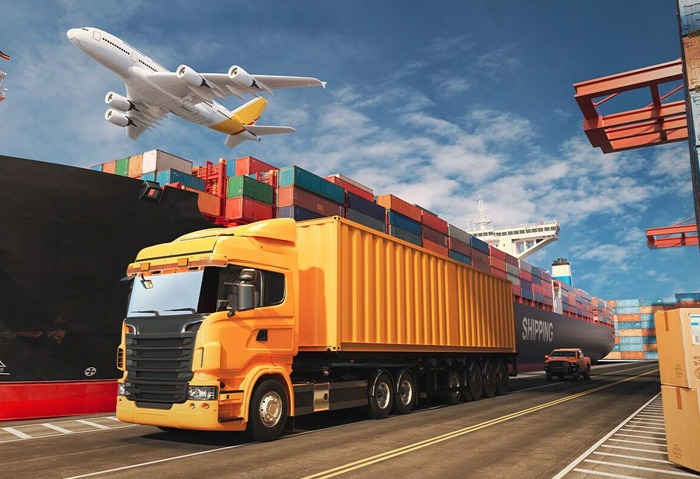Challenges in cross border
Cross-border transactions face challenges such as customs delays, and higher costs. Currency fluctuations and language impacting businesses and customers.
Considering Pakistan’s advantageous location in South Asia and its close proximity to important markets like China, Afghanistan, India, and Central Asia, cross-border logistics is essential to facilitating trade and economic progress in the country. Cross-border logistics management is not without its difficulties, though, and there are also unrealized potential that might propel growth in Pakistan’s economy and logistics industry. Below is a detailed examination of both the obstacles and potential in cross-border logistics for Pakistan.
Challenges in Cross-Border Logistics for Pakistan
Geopolitical Tensions and Trade Barriers
-
- Pakistan shares borders with countries like India and Afghanistan, where political tensions frequently disrupt trade flows. Issues such as border closures, embargoes, and complex customs protocols can create delays, increase costs, and lead to unpredictability in cross-border logistics.
-
- Trade relations with India, for instance, are often volatile, leading to fluctuating trade volumes and restricted access to a vast market.
Inadequate Infrastructure
-
- Pakistan’s logistical infrastructure, including roads, ports, and railways, is often outdated or underdeveloped. This causes delays in cargo movement and adds to the cost of doing business.
-
- Ports like Karachi and Gwadar are crucial to international trade, but congestion and inefficient handling can slow down operations, impacting cross-border shipments.
Customs Procedures and Regulatory Hurdles
-
- Lengthy customs procedures, documentation requirements, and bureaucratic red tape at the borders slow down the flow of goods. This is especially problematic when dealing with time-sensitive goods like perishables or textiles, which are key export commodities for Pakistan.
-
- Compliance with international standards, harmonization of trade regulations, and limited adoption of technology in customs management are major pain points in ensuring smooth cross-border trade.
Security Concerns
-
- Some border regions, particularly those adjacent to Afghanistan, experience frequent security concerns, including smuggling, terrorism, and armed conflict. These issues pose risks to the transport of goods, discourage investment, and increase the cost of securing freight shipments.
Limited Trade Agreements
-
- While Pakistan is part of some trade blocs (like the South Asian Association for Regional Cooperation – SAARC), there is limited depth in its free trade agreements (FTAs) with neighboring countries. This results in higher tariffs and reduced access to markets, which hinders the competitiveness of Pakistani exports.
Non-Tariff Barriers
Restrictions on trade that are not related to tariffs, such as quotas, embargoes, or stringent regulatory standards, which can complicate cross-border logistics for Pakistani businesses.
Pakistan-China Corridor (CPEC)
The China-Pakistan Economic Corridor, a major infrastructure project aimed at improving regional connectivity and trade routes between China, Pakistan, and beyond. CPEC presents significant opportunities for cross-border logistics by creating new trade avenues.
Trade Compliance
Adherence to international and national laws, regulations, and standards in cross-border trade. Failure to comply can lead to penalties, delays, or goods being rejected, making trade compliance a key factor in logistics.
Cross-border Trade Opportunities
Potential markets or regions where Pakistan can expand its trade activities, supported by new infrastructure, trade agreements, or demand for goods. Cross-border logistics must be efficient to seize these opportunities.


